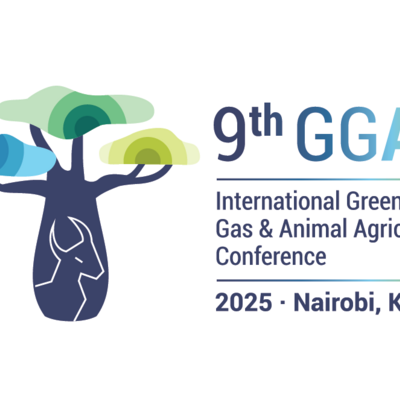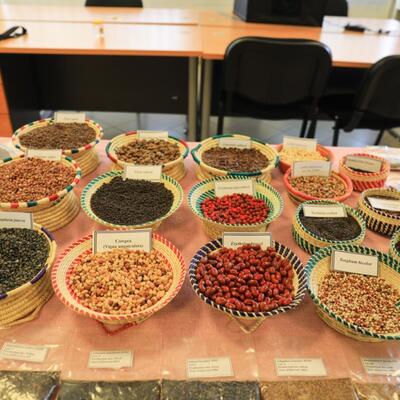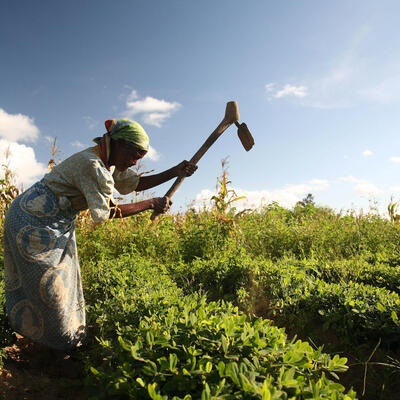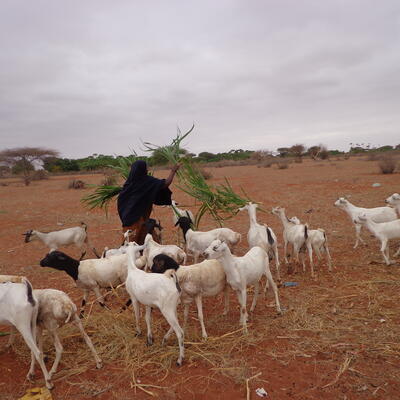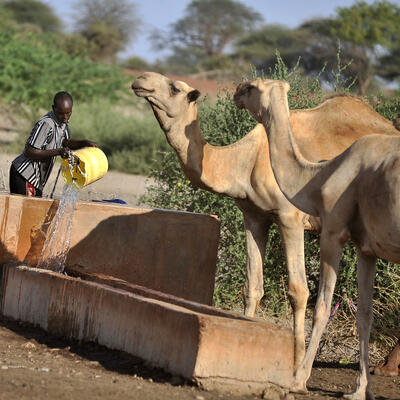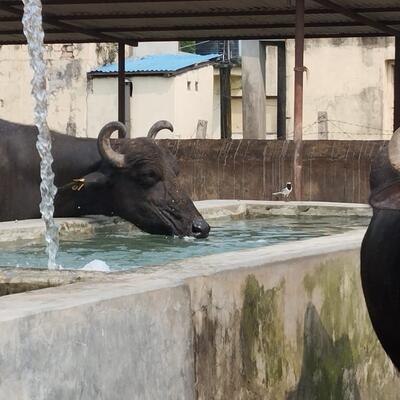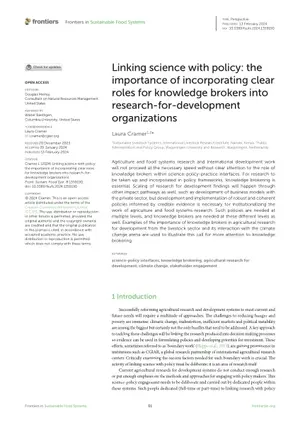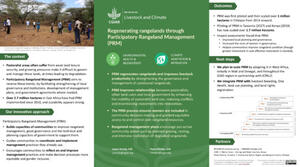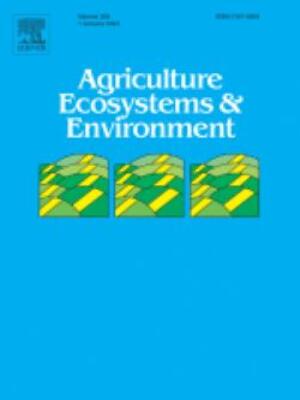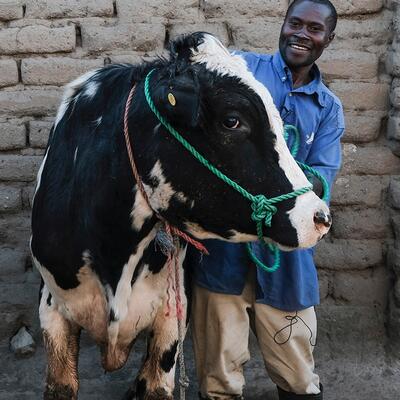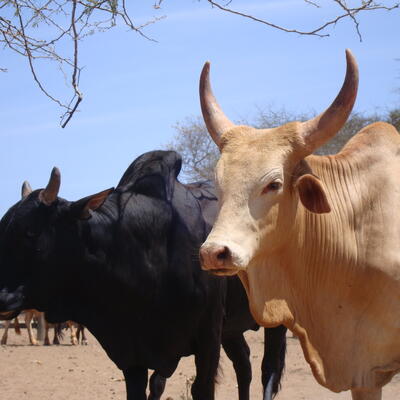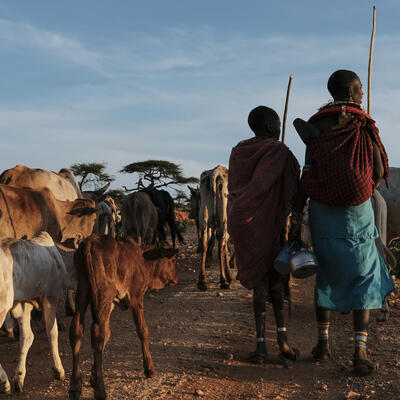
Climate-Land Interaction Project (CLIP) in East Africa
Climate change, including increasing temperatures, extreme weather events and changing rainfall patterns, is expected to have major impacts on crop production and forage resources, especially in semi-arid and other areas already of marginal productivity. Climate changes will thus greatly impact livelihood systems leading to alterations in the agricultural system, and to changes in land use. An important related issue is, what is the impact of human’s use of the land on the local climate? Land use conversions such as deforestation and expansion of cropping alter soil moisture, surface reflectance and other land-atmosphere fluxes that greatly affect local and regional climates. These interactions between land use and climate change processes are behind the question being addressed by the Climate-Land Interaction Project (CLIP): What is the magnitude and nature of the interaction between land use and climate change at regional and local scales?
This question is being examined in East Africa, which is undergoing extremely rapid land use change including expansion of cropping into savannah lands, increasing irrigation, deforestation, and urbanization. It is also a region with a population highly vulnerable to the effects of climate change. The project links climate models, crop-climate models, meteorological and satellite image data, and models of land use change to assess how climate change might affect land use and vice versa. The land use change models are being informed by socio-economic and biophysical spatial data, and by the results of expert systems’ workshops and role-playing scenarios. Understanding how the confluence of land use changes impacts the regional climate will contribute to science questions concerning the sensitivity of climate to changes in land use, and to science and practical questions concerning the effects of projected climate change on landscapes and agricultural systems.
Project Objectives/Goals:
The methods and analyses used in the assessment of coupled land use-climatic systems in East Africa will enhance scientific understanding and inform studies in the tropics and in similar ecosystems. This will add to scientific knowledge on interactions and feedbacks between climate and land use/ land cover, and methodological contributions in complex system modeling. The results will indicate possible impacts of climate variability upon crops, forage resources, livelihoods and land use. These will have critical implications for agricultural research and policy, conservation and land use planning in the region.





